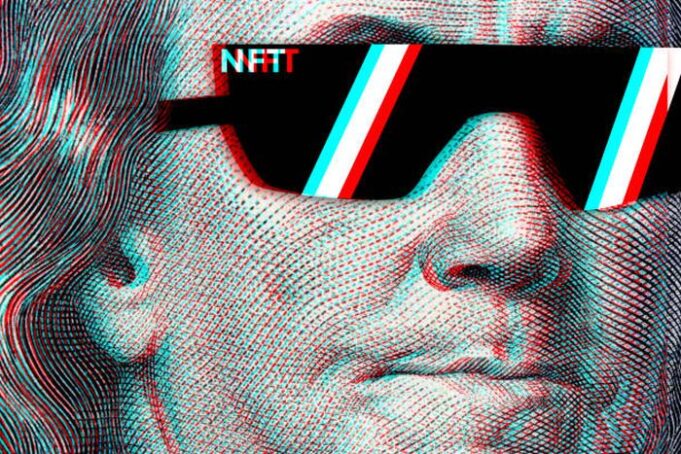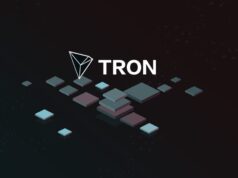Thanks to the new NFT token technology in the art world, a digital file, a painting, a music album or a photograph can now represent the same value as an original work by a famous artist hanging in a museum. Complicated? We’ll tell you how it works and why it’s accessible to almost everyone.
What are tokens, how do you find them, and what does blockchain have to do with them?
Ten years ago, the idea that art in digital form – design project, photography, 3D graphics, video, painting – would equate in value and symbolic significance to exhibits presented at exhibitions would have seemed absurd. By 2024, a trend of crypto-art had emerged, in which the work of creators created in digital form is valued no less than real objects that can be touched with the hands or hung on the wall.
This effect was achieved with the help of NFT technology, invented back in 2017 on the basis of one of the cryptocurrencies – Ethereum, created by Russian Vitaliy Buterin. The acronym stands for “non-interchangeable token. A token is any record in a blockchain system, including cryptocurrency. Standard tokens, such as bitcoins, can be exchanged for each other – their records are no different. Each NFT token is unique, which has made them an ideal means of protecting digital copyrights.
You can tokenize anything you can think of, from memes to short stories. The process is not as simple as it seems at first glance:
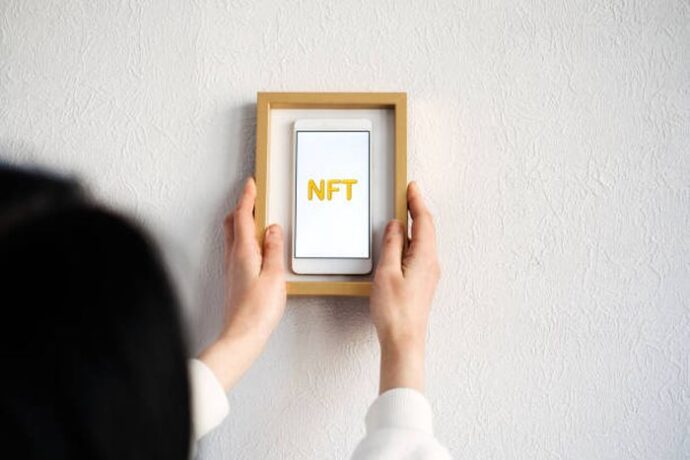
- Before you put your digital masterpiece out there, you need to have a wallet in the Ethereum system and withdraw at least some money to it;
- Ethers are needed to pay the commission for which crypto-art platforms work. The amount of commission is worth considering when choosing a platform – it varies everywhere;
- Crypto-art platforms – OpenSea, Rarible – there are many of them, but they all require the name and description of the file to be added.
Once all of these conditions are met, the platform independently creates a unique token that is verified by the author. Sometimes tokens are generated after the purchase of the file.
By purchasing an NFT version of a picture or video, a person actually buys the full package of rights to the work. The animation of motion designer Eduard Mikhailov can be seen by anyone on the Internet. But its owner is someone who bought it on the Nifty Gateway platform for $34,000 just five minutes after publication.
NFT-art is already attracting the attention of famous collectors and auction houses. In early March, a file of five thousand paintings by the artist Beeple was sold at Christie’s for almost 70 million dollars.
Of course, you probably immediately had the question, where can I buy NFT art? In order to understand how to create and start working with the NFT concept, we must study https://v-art.digital/where-to-buy-nft-art-a-guide/.
The tokenization trend has not gone unnoticed by luxury brands and fashion houses. In early April, Jacob & Co. presented at auction the first watch with NFT. An unknown buyer purchased them for one hundred thousand dollars.
At the end of March it became known that the State Hermitage Museum in St. Petersburg is working on an exhibition of works made in the NFT-format. This is the first such large-scale event in Russia.
How is NFT used?
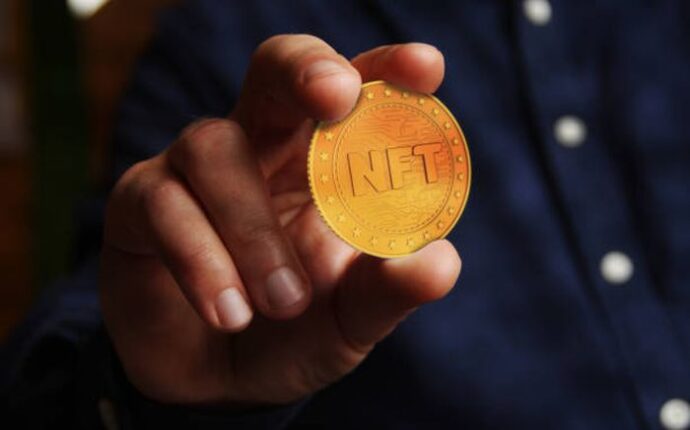
NFT today is a way of monetizing its popularity and even trolling. For example, comedian Idrak Mirzalizadeh was deported from Russia this year for a scandalous joke. In response, he put his revoked residency permit in Russia up for sale in the form of a non-exchangeable token.
“You can offer any amount, even $50. If that’s the maximum amount offered, I’ll sell for $50. And I promise that the price of this NFT, this residency permit, will go up by the time I get back to Russia. And I know for a fact that I will be back, at least in 100 centuries,” says the comedian. The key is that the higher the interest in the topic to which the NFT relates, the higher the value of the token.
A more popular way to use NFT is to monetize popularity. “If NFTs are perceived as a casino that profits from celebrities who are already rich, the result will be less impressive,” Buterin criticized the tokens. Still, this is the main way to increase the value of NFT.
In 2013, the “Confused Chloe” meme appeared. In 2024, the girl depicted on it decided to sell this picture as NFT – the starting price was five Ethereum, which is about 1.1 million rubles. The trend was followed by Ilon Musk – the founder of Tesla expressed his intention to sell his tweet, which had a track dedicated to NFT.
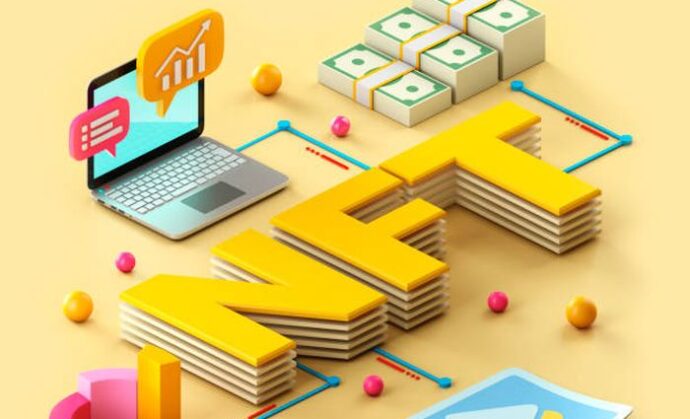
In 2024, interest in NFTs will remain at least at an appropriate level. Since May of this year, there has been a downturn in interest in these tokens – at the time, their sales fell from a peak of $176 million on May 9 to just $8.7 million on June 15. Still, interest in the topic has remained at such a high level that NFT has become the word of the year.
At least artists and platforms aren’t about to let up. In March of this year, SuperRare raised $9 million from investors. These funds are earmarked for further development and a relaunch in 2024.
Many new platforms and token monetization models will emerge next year that will allow creators to control their intellectual property, according to Be In Crypto expert Mango Dogwood. There will also be new reward models that will underpin their success.
We may be on the cusp of a paradigm shift in copyright. NFTs are of interest to the music industry. Dogwood says authors are interested in this direction. The problem for musicians is that most of the profits from their work go to recording studios and streaming services, the NMT could shift the balance of power in favor of creators.
Copyright
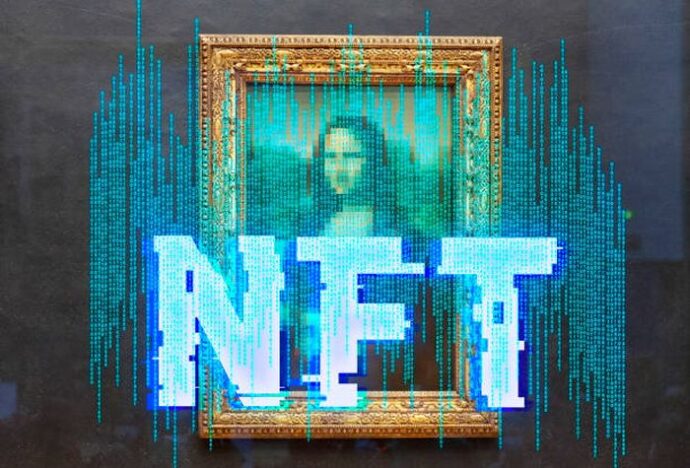
One of the main reasons for criticism of NFT is the rather unclear copyright relationship with the tokens. People who have bought NFT often wonder, “Do I own the rights to something now?”
No. The fact is that NFT doesn’t give you any rights to own an item outside the boundaries of the blockchain platform. Let’s look at an example.
Ten years ago, a Nyan Cat video appeared on YouTube that quickly gained popularity and turned into memes that are still not quite dead today. In the uncomplicated video, an animated pixelated cat flies across the sky and leaves a rainbow trail behind it. The video’s author, Christopher Torres, sold an NFT gif with his brainchild for $580,000 last year.
But there’s nothing stopping you from watching the video on YouTube, downloading it, or using the cat as a screensaver – you’re definitely not facing a lawsuit from the owner of the token.
Or you can take Quentin Tarantino’s famous movie Pulp Fiction. The director recently announced that he plans to sell cut scenes in the form of a token. Whoever buys it will receive a unique digital artifact, which he can then dispose of at his discretion within the platform.
Of course, it has yet to be legally decided how tokens relate to copyright, but it’s unlikely you’ll have to pay the owner of the token to watch those same scenes online.

